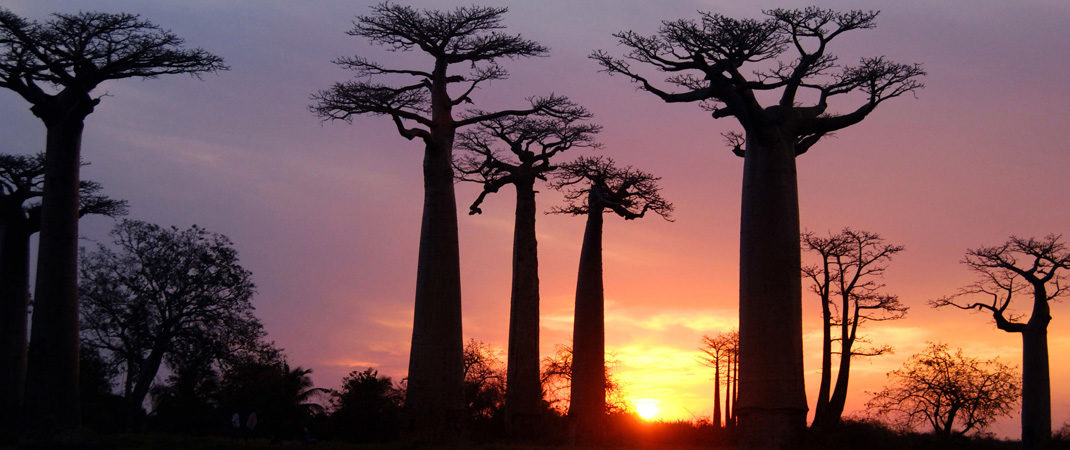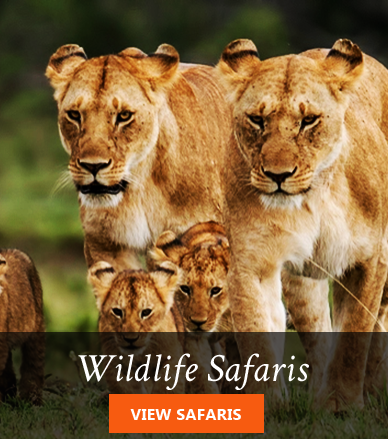The 4th largest Island in the world, 226,657 sq miles/ 587042 sq kms, Madagascar, formerly known as Malagasy is 975 miles / 1570 kilometres long. It lies 185 miles/ 300 kilometres east of Mozambique in the south-western Indian Ocean.
The island, with 18 different tribes, mountains, savannah grasslands, white sandy beaches, dramatic rain forests and vast quantities of flora and fauna that cannot be found anywhere else in the world, Madagascar is a destination still waiting to be explored. The authenticity of this island is not in the large predators of the Savannah plains as in Tanzania or the King of the Jungle in Uganda or Rwanda, it is what can only be described as the unique endemic qualities of both the fauna and flora; and often the smaller not the larger species that bring about the most satisfaction to the open-minded traveler.
Why Visit Madagascar?
If you have are planning to go to Madagascar, the first thing you should know is that it is like nowhere else on earth. Most of the reasons why are due to its sheer isolation. Madagascar drifted apart from the African continent around 165 million years ago, meaning that its plant and animal life and finely tuned ecosystem have evolved away from external influences – in other words not much at all.
History, People and Culture
Madagascar culture and peoples are also different from neighbouring Africa. Native Madagascans are descendants of Asian mariners who crossed the Indian Ocean. The first settlers, from Borneo, arrived in 350 BC, followed by waves of migrants from other parts of South-East Asia. Over the centuries, the island became carved up into various ethnic fiefdoms until it was united as the Kingdom of Madagascar under the impossibly named Andrianampoinimerina, the great Merina warrior.
In the late 1800s Madagascar was colonised by the French, who, after a bloody battle, packed off its rulers to Algeria. It remained part of the French empire until independence in 1960.
Whilst ghosts of the French empire can be felt in Madagascar’s famed cuisine and crumbling colonial architecture, it’s the ethnic melting pot that makes it so fascinating and unique. There are approximately 18 ethnic subgroups amongst the island’s African, Asian and Arab-descent inhabitants. They are defined by their geographical origins of its richly diverse landscape; The Sakalava people from the west for example are ‘People of the Ravine’, whilst the Tanala’s name means ‘People of the Forest’. Yet over time an incredible synthesis has occurred, uniting their tradition, languages and beliefs into a uniquely Madagascan culture.
Madagascar Climate, Wildlife and Nature
It contains an amazing diversity in land forms, climates, soils, flora and fauna. The eastern and northern coasts are hot and rainy, the central highlands cool and pleasant much of the year. The west is drier, with an exotic spiny desert in the south.
The rainy season is November through March.
Mother Nature had a field day on Madagascar. Nearly all its species of reptiles and amphibians are unique, as are its flora and fauna. Madagascar is home to strange sounding (and often stranger looking) creatures like the aye-aye and indri – the largest living lemur who’s loud, piercing cries dominate the jungles cacophony.
As you probably know Madagascar is famous for lemurs – in fact it’s the only place you’ll see these outrageously cute, wide –eyed primates outside a zoo. There are dozens of species, ranging from the mouse-sized dwarf lemur to the agile sifaka, the long-leaping lemur and the aforementioned indri. Then there are chameleons, geckoes, turtles and tortoises. Madagascar hosts a high density of chameleons and geckos and nearly all of its 150 amphibians and 270 reptiles are endemic. Three boa and 7 iguana species live here. Other mammals include tenrecs, bats, rodents, small carnivores and of course the primate called lemurs.
The skies are filled with exotic birds such as vangas and crested couas whilst the rice paddies that blanket the island are magnets for flamingos, ibises and herons. In short, Madagascar is a once in a lifetime destination – where natural beauty, an unparalleled array of wildlife and fascinating history converge – a sum that will make the even the most world-weary traveller weep with joy.
Unfortunately, some 85% of the native vegetation of Madagascar has been cleared, and only 2% of the country is in protected areas. With less and less habitat, wildlife is extremely endangered, and most experts view Madagascar as the number one conservation in the world.




I am so thankful for what you have shared this Madagascar trip guide with us. All the facts and information you’ve stated here will surely help us when we have the chance of visiting it. We’ll absolutely enjoy exploring Madagascar and will take pictures of it as our souvenir!